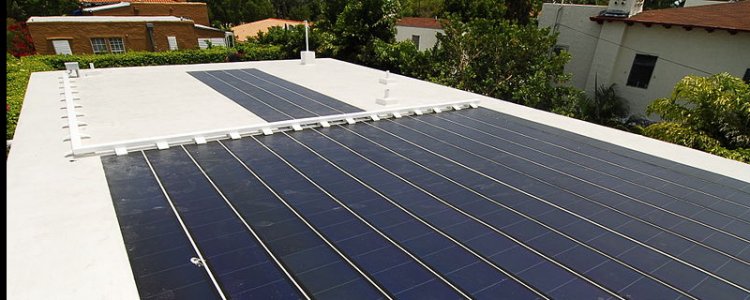Quite often we re asked about the advantages of monocrystalline panels and polycrystalline solar modules over their amorphous thin film counterparts.
Crystalline solar panels vs amorphous.
Amorphous panels are also lighter in weight and more portable than monocrystalline or polycrystalline panels producing the same amount of energy.
Amorphous panels can be made for much less than crystalline panels and it seems the industry is set up for self sabotage because they seem to want to do whatever it takes to make sure these amorphous panels stay high at ridiculous prices and or are impossible to get.
A special version of our amorphous material is available and optimized for indoor light sources.
Amorphous is lower cost than crystalline although it s less efficient in converting sunlight to.
They can also withstand the summer heat where mono or polycrystalline panels lose efficiency in the same ambient temperatures.
Particularly in home solar power grid connect systems and how they affect the life of a solar panel.
Crystalline panels need to be as perpendicular to the sun as possible to achieve the best performance.
Crystalline panels do not perform as well in partial shading compared to amorphous cells and they do gradually lose a small percentage of output as the temperature rises above 25 c.




























